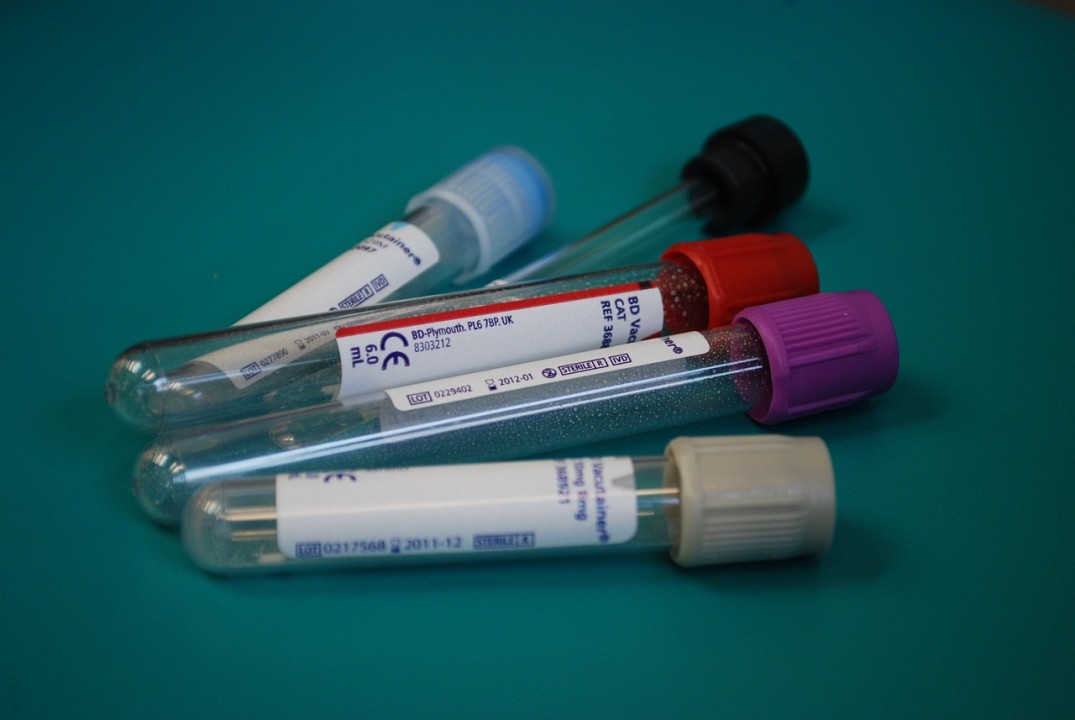
Types of blood collection tubes
The initial phase of disease screening often requires the examination of a patient's blood. When collecting blood from a patient, blood collection tubes are used. But there are many different types of blood collection tubes, do you know what each one is used for?
1. Red blood collection tube normal/fast serum tube
Without anticoagulants, also called biochemical tubes, the inner wall of the blood collection tube is evenly coated with agents to prevent hanging, mainly used for blood biochemistry.
Divided into ordinary serum tube and fast serum tube, the label will be marked with or without procoagulant, or the use of red and orange to distinguish the two differences, the role of procoagulant is to accelerate blood clotting. The procoagulant is used to accelerate blood clotting. If you want to clot faster and get results, you can use procoagulant tubes.
Applicable sample type: Serum
Uses: Bacteria, tumors, gonads, immune routine, immune panel, rheumatologic antibodies, diabetic nephropathy test, blood triplets, ICA (insulin cell antibodies), GAD (glutamic acid decarboxylase antibodies), ABAP (bone phosphatase), prostaglandins (T-PSA-F-PSA), HBV-DNA, ferritin, condensation set, calcitoninogen PCT, mycoplasma antibodies, gastrin ANCA, blood cytomegalovirus antibody, human epididymal epithelial secretory protein, serum protein electrophoresis, RA five, TB-AD tuberculosis antibody.
2. Green blood collection tube Heparin anticoagulation tube
Heparin is added to the blood collection tube. Heparin has the effect of antithrombin directly, which can prolong the clotting time of the specimen, and excessive heparin can cause the aggregation of leukocytes and cannot be used for leukocyte counting.
Applicable sample types: Whole blood, plasma
Use: Red blood cell fragility test, blood gas analysis, red blood cell pressure test, sedimentation, and general biochemical determination.
3. Light green blood collection tube Plasma separation tube
Containing lithium heparin or sodium heparin and gel agent, heparin is a mucopolysaccharide containing sulfate group with a strong negative charge, which has the effect of strengthening the antithrombin 3 inactivating serine protease, thus preventing the formation of thrombin, and has a variety of anticoagulant effects such as preventing platelet aggregation, usually 15IU heparin anticoagulates 1ml of blood. Heparin tubes are generally used for emergency biochemistry and blood rheology testing.
Applicable sample type: Plasma
Uses: TNT, EPOMycin, B27, blood ammonia, BNP (B-type natriuretic peptide)
4. Light blue blood collection tube Trace element tube
Contains sodium heparin, EDTA Na2, EDTA K2, procoagulant (plastic tube, serum) and non-procoagulant (glass tube, serum) additives. When testing sodium ions in blood specimens, sodium heparin should not be used to avoid affecting the test results.
Uses: trace elements, toxicology and nutritional chemistry tests
5. Purple blood collection tube EDTA anticoagulant tube
Contains EDTA anticoagulant, in the routine blood test, EDTA anticoagulant compared with other anticoagulants, the coagulation of blood cells and the morphology of blood cells is less affected, so usually use EDTA salt (2K, 3K, 2Na) as anticoagulant.
EDTA salts can bind to calcium ions in the blood to form chelates, thus preventing blood coagulation.
Sample type: whole blood, plasma
Uses: 2ml:blood routine, reticulocytes, glycated hemoglobin (HBAIC), TC blood group, BNP (beat fit)
5ml: pituitary, parathyroid hormone, renin, adrenal function, adrenocortical function ATCH+COR, cortisol (COR), blood type + D antigen (combined blood) is not applicable to coagulation test and platelet function test, also not applicable to calcium ion, potassium ion, sodium ion, iron ion, alkaline phosphatase, creatine kinase and leucine aminopeptidase determination and PCR test.
6. Golden yellow blood collection tube Inert separation pro-coagulation tube
Contains inert separation gel and coagulant, the wall of the tube is coated with a coagulant to accelerate the coagulation of blood and avoid 37℃ water bath to shorten the test time. Separation gel and PET tube have a good affinity, play a role in isolation.
Applicable specimen type: serum
Use: 3ml: Biochemical items, digoxin concentration, cardiac enzymes, amylase, thyroid function, full thyroid function, free thyroid function, total thyroid hormone determination, thyroid antibodies, thyroid receptor antibodies
5ml: C-reactive protein (CRP immunity, red and yellow), high-sensitivity C-reactive protein (hs-CRP)
7. light blue blood collection tube sodium citrate (sodium citrate) blood collection tube
Containing 3.2% or 3.8% sodium citrate (sodium citrate), please take care to collect enough blood to ensure the accuracy of test results. Please invert and mix 5-8 times immediately after blood collection. The ratio of anticoagulant to blood is 1:9.
Applicable specimen type: Whole blood, plasma
Use: For fibrinolytic system (prothrombin time, prothrombin time, activated partial thromboplastin time, fibrinogen).
8. Black blood collection tube Sodium citrate blood sedimentation test tube
Contains 3.2% (0.109mol/L)-3.8% sodium citrate (sodium citrate) with a volume ratio of anticoagulant to blood of 1:4. When the ratio of anticoagulant is too high, the blood is diluted and can accelerate hematocrit. Heparin anticoagulant can change the potential of red blood cells, so it is not suitable for erythrocyte sedimentation rate test
Applicable sample type: Whole blood
Use: Blood sedimentation
9. Gray blood collection tube Sodium oxalate/sodium fluoride blood glucose test tube
The additive in the tube is sodium fluoride+potassium oxalate/sodium fluoride + sodium heparin. Sodium fluoride is a weak anticoagulant with a good effect of preventing blood glucose degradation. 4mg of the mixture of sodium fluoride + potassium oxalate/sodium fluoride+sodium heparin can make 1ml of blood not coagulate and inhibit sugar decomposition within 23 days, please note the slow inversion and mixing when using.
Use: Blood glucose test, not for urea determination by urease method, nor for alkaline phosphatase and amylase determination.
When collecting blood, depending on the test items, you need to choose the correct blood collection tube to avoid abnormal test results.








